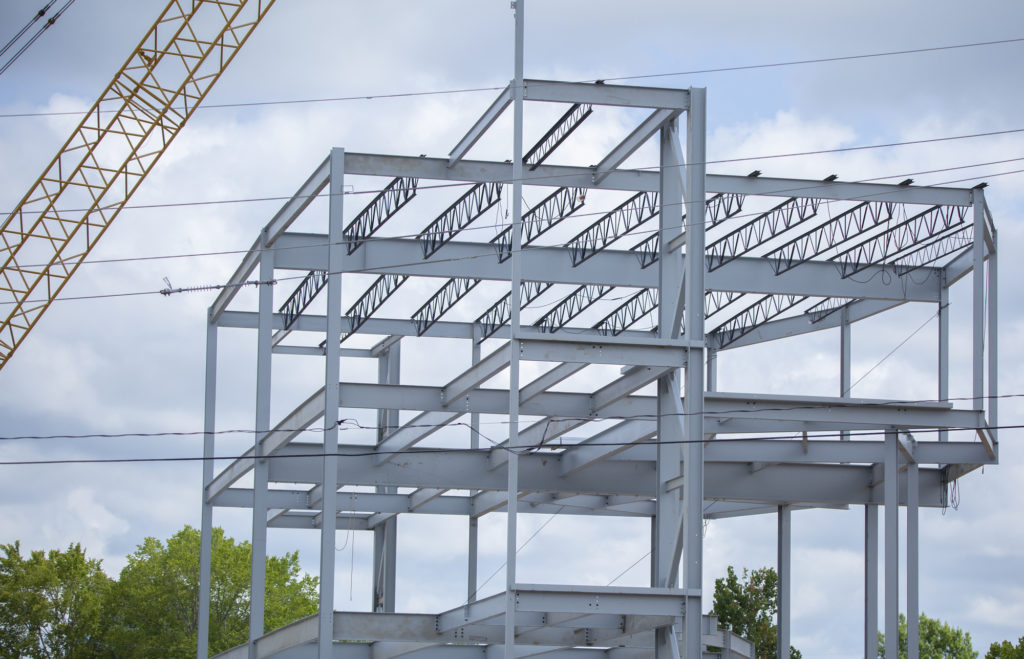
Steel vs Concrete: Which Material Makes a Better Building?
When weighing up steel vs concrete, which material makes a better building? We explain the pros and cons of each here. (Spoiler alert: Steel wins!)
Which materials make the best buildings? Well, that’s a tough question. However, if we were only to consider steel vs concrete, it would be much easier to answer.
In premise, both of these materials have their advantages. One is better than the other in cost, the other is better than the one in durability.
In this article, we will cover everything you need to know about steel vs concrete. So that you can make an educated decision when it comes to choosing.
Steel vs Concrete: Design Opportunity
The first thing that must be done is to determine which of the materials offers the best flexibility for design opportunity.
With concrete, all shapes are possible. It molds to the form in which it is being developed. However, the density of concrete depletes the ability to span across great lengths without the need for support. Dense columns will limit the mobility of the building, as well as the space that can be used in the structure.
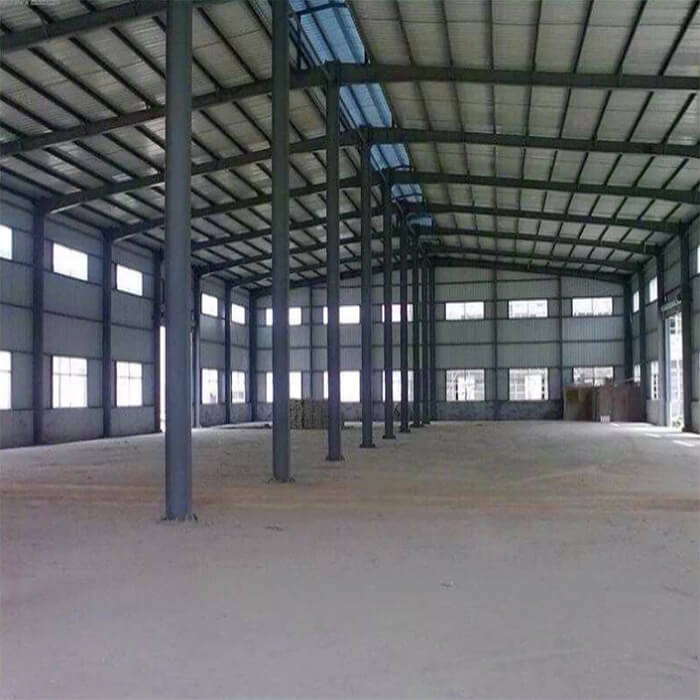
Overhangs or balconies are a problematic experience with concrete, not to mention expensive. Cast-in-place material is not great for buildings with glass either.
For steel, the most economical shape is a simple rectangle. But steel can be used to accommodate a variety of other shapes too. The greatest design of steel is to span great distances without compromising interior structure. That’s why hangars are built with steel.
This also provides a better opportunity for change and renovation in the future. It’s simple to create cantilevers and balconies. A simple extension of the steel beam is more than enough.
The wide spaces between columns also leave plenty of room for large glass panels. If your project needs showroom windows, you will need steel framing, because concrete will simply not support it.
Limitations for Size
The next thing to consider is the limitations for the size of the building of concrete vs steel.
While reinforced concrete is impeccable for bridges, tunnels, dams, it’s not the best option for all buildings. The weight of the material limits extensive floor-to-floor high buildings. And wide spans are even harder to accommodate.
Whereas, a pre-fabricated metal building can go as far as 300 feet without the need for load-bearing interior columns. With minimal assistance, a modular structure can go as far as 500 feet.
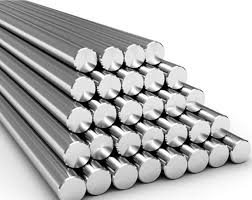
No limitations exist for the size of a pre-fabricated steel building. The design simply adds more bays and frames to match the necessary criteria. Thus, extensibility for the future of the building is simple as well.
Churches, aircraft hangers, warehouses, manufacturing plants often need extensive ceilings. Steel easily accommodates extensive eave heights without trouble.
Availability Considerations
Furthermore, one should consider the availability of building materials. All ingredients needed for concrete are usually cheap and readily available. Steel rebar for reinforced concrete is also plentiful.
The only drawback comes to concrete when construction demand is at an all-time high, such as after an earthquake, hurricanes, or other catastrophic, meaning the supply is polluted with extensive demand.
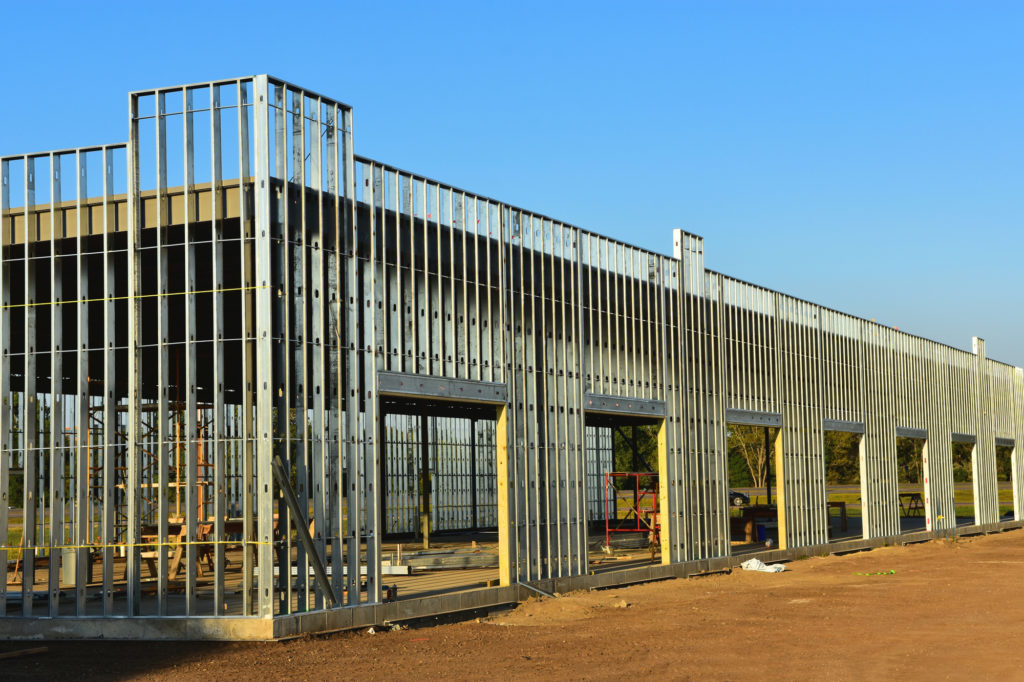
So are there any supply issues with concrete or steel building materials?
Steel companies in the US produce several million tons of steel each year. With a constant supply of steel with thousands of fabrication shops, the building demands of practically all projects can easily be met with timely delivery and affordable price.
Safety Concerns
Each building owner wants a durable structure that survives the test of time. So which of the two materials provides better safety?
Concrete does result in durable structures, which are resistant to damage from termites, fire, and wind. Cast-in-place structures do have one safety concern, however.
And that’s earthquakes. Under the stress of a serious quake, concrete will crumble and crack. The weight of the structures will also result in potential injury and death of occupants.
Steel, as an inorganic material with unmatched durability, has a built-in resistance to lightning, fires, heavy snow, high winds, termites, and mold. Furthermore, the great advantage steel has over concrete is in the realm of earthquakes.
The ductility of steel is great for the frame to absorb the destructive energy of a quake. The high-strength connections allow mobility and rotation of the joints, so steel buildings do not easily break and collapse under sustained stress.
Cost of Materials
The next question is the material cost. The price of concrete remains stable for the most part. Concrete ingredients are quite cheap and can be easily found.
What about steel? Well, the thing that makes steel affordable is strength. Steel has a great strength-to-weight ratio of all materials in the building.
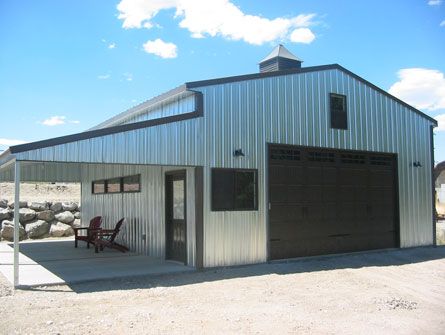
This means steel creates more durable buildings with less material required. Fewer materials equal to less money needed.
Steel production advancements allow an entire ton of steel to be developed in two hours, making it very cost-effective. Using recycled steel makes it even cheaper.
Domestic steel used in the structural building consists of 90% recycled steel. The efficient steel scrap system is known to recapture over 90% of all discard steel.
This means that steel prices remain consistent over long periods of time. Government tariffs sometimes make the prices less favorable, but steel is still priced quite competitively.
Cost of Building
Labor work requires financial capital. Skilled contractors and experienced workers are needed for the best results. Waiting for concrete to cure lengthens construction time. So the longer the time to building, the more you will need to spend on construction costs.
Pre-fabrication of steel metal buildings cuts construction time drastically, saving lots of money. The nature of framing requires fewer workers and cuts costs even more.
Faster construction equals lower financing and decreased the cost of risk insurance. On mid-size projects, DIY people can save money by framing the steel on their own.
But if a DIY person chooses to take on a concrete project of the same size, they would not dare to do so because of the complexity.
Long-Term Considerations
When selecting their construction material, many owners fail to consider the long-term costs of operating and maintaining the structures. So which of the material is best for long-term projects?
The sheer weight of cast-in concrete decreases temperature variation, saving money on cooling and heating. But they do require constant repair and maintenance.
Steel buildings are known to hold value with no expensive maintenance and last decade after decade. The thermal transfer properties are somewhat of an energy-efficient challenge, but nothing unmanageable.
A simple first-class insulation system would resolve these issues and reduce cooling/heating costs in half.
Steel for You
Now that you know the differences between steel vs concrete, as well as why steel is the sure-fire winner in this battle, you are well on your way to find the best possible supplier of steel for your next project.
In any case, the best thing you can do is research, price compare, and ask about the company’s past experiences to find out if they are good for you. If you’d like to learn more about our service offerings and steel, get in touch with us and we will happily accommodate your needs.

Leave a Reply